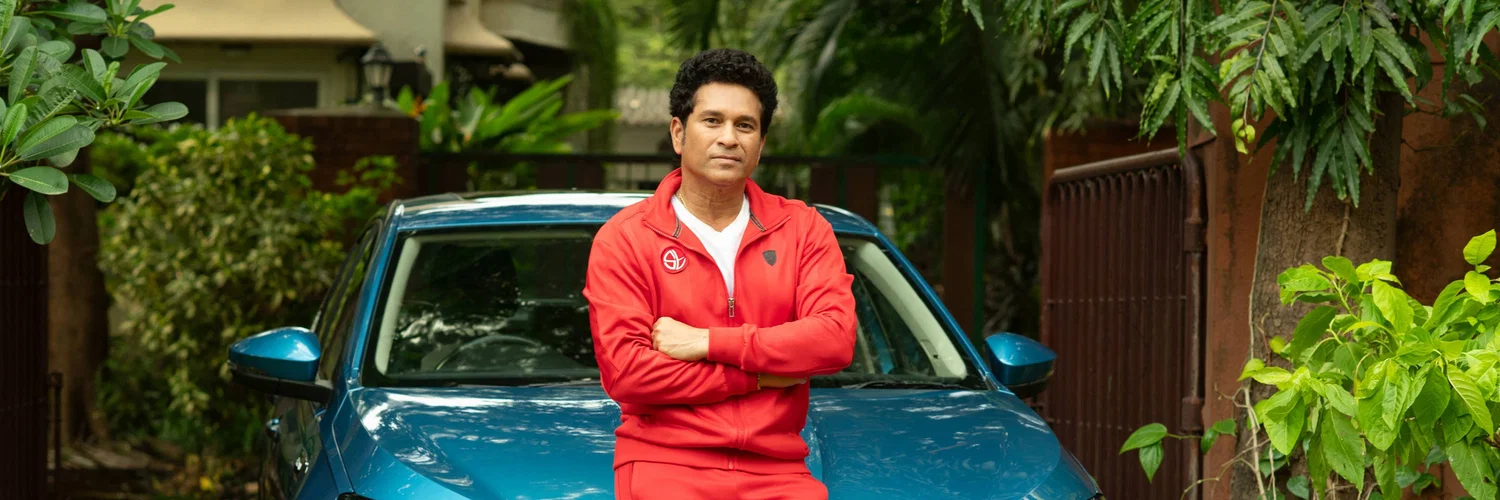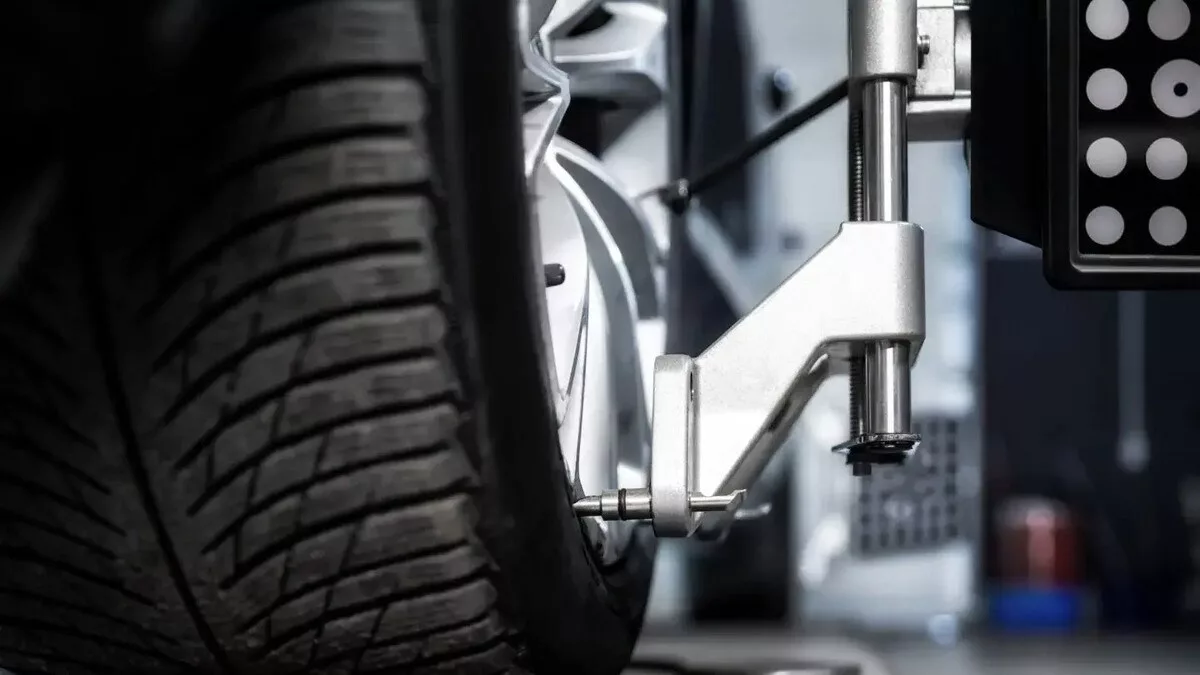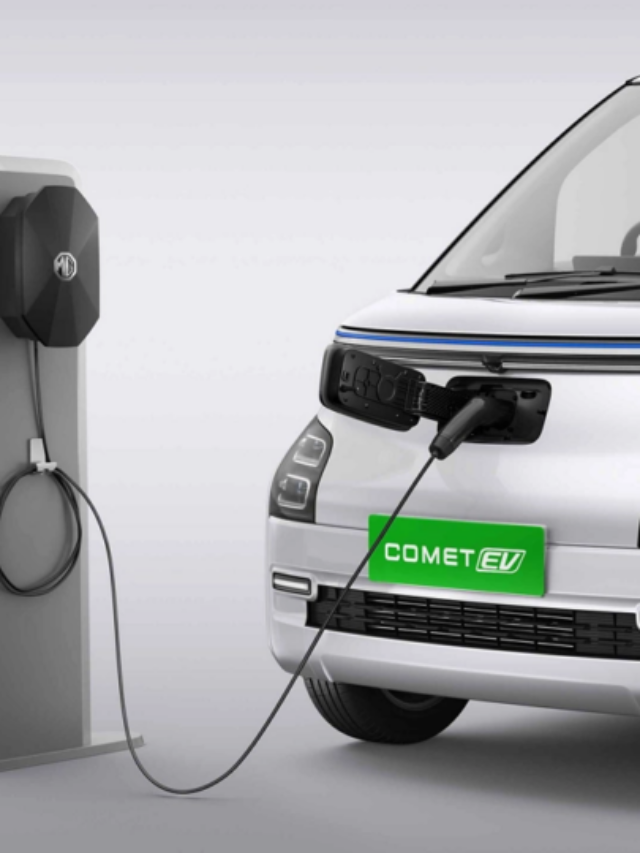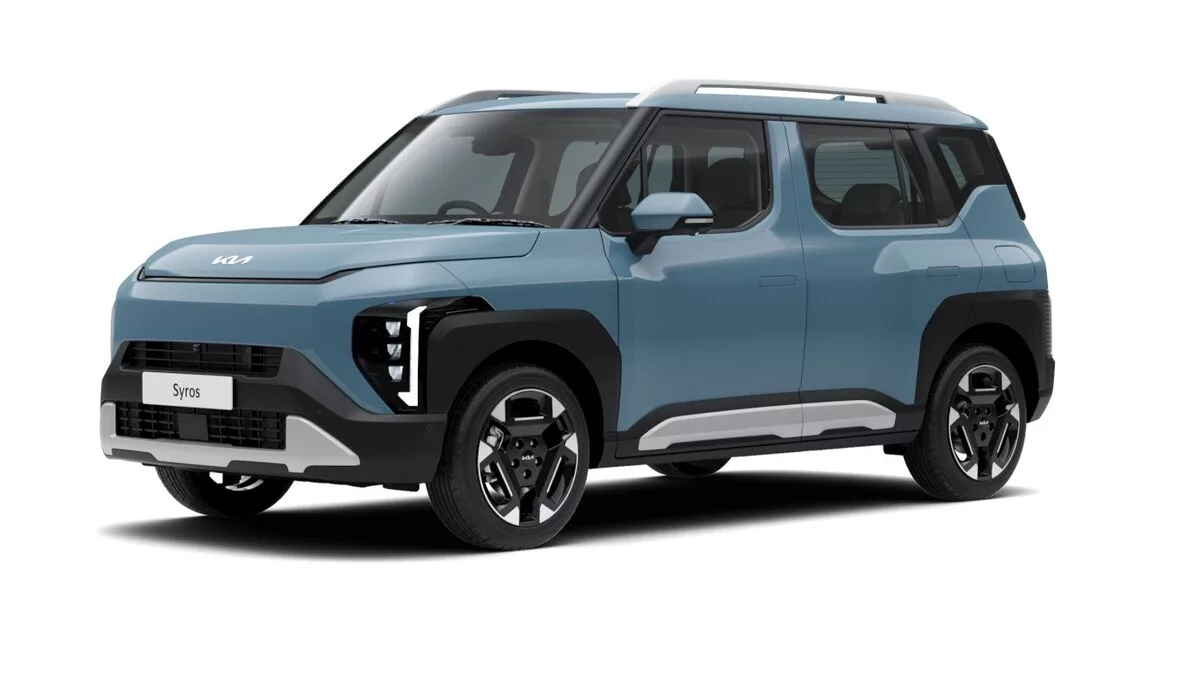Heavy rains in South India, specifically in Chennai and Bangalore have led to significant flooding in the cities, highlighting the threat flooded roads pose to our cars. The unpredictable nature of these occurrences often catches us off-guard when we are faced with taking the right action to protect our cars from being flood damaged.
With the threat of flood damage becoming more prevalent, it’s important to adopt proactive measures to protect your car as much as possible to avoid expensive repairs or complete loss of your car. In this guide, we highlight practical tips and essential actions you can take to protect your car.
Insurance Coverage
With frequent flooding, reviewing your car insurance coverage should be your first priority. If you have opted for comprehensive car insurance, go over the conditions stipulated for your insurance coverage and ensure flood damage is covered. In case flood damage is not covered, enquire with your insurance provider for add-ons that provide the required coverage. If you have opted only for a third-party liability coverage, it would be sensible to consider a comprehensive car insurance plan with appropriate add-ons that cover flood damage.
Also Read: Types of Car Insurance Coverage
Find Higher Ground
Now that your car is covered by insurance, it’s time to take proactive action to prevent damaging your car from flood water. Whether you are driving or parking your car, always seek the highest ground possible. If your regular parking spot is often flooded, park your car on any nearby elevated ground to reduce the chance of your car being flooded or stranded. When driving, if you have to navigate a flooded road, make sure you drive on the path where the tarmac is visible. This will help you avoid driving through flooded parts of the road and damaging the mechanical components of your car.
Find Alternative Routes

While it is advised to not drive your car when roads are flooded, it isn’t always possible to completely avoid driving during heavy rains. Be vigilant and cautious while driving to spot roads that have become excessively flooded, posing a significant risk to your car if you were to drive through it. Staying updated on road conditions through social media is a good way of getting real-time information for your route.
Adapt Your Driving Style
While driving through flooded or waterlogged roads, make sure you shift to first gear and keep your revs high. This will remove the need for you to change gears and risk stalling your car, while high revs will keep your exhaust clear of water. You will have to drive slowly while navigating flooded roads, so modulate your clutch to maintain your speed if you are driving a manual. On automatic cars, shift to manual mode and choose the lowest gear while you navigate the flooded road.
Also Read: Car Care and Safety Tips for the Rains
Precautions & Actions When Submerged
Even with the best precautions, you may face a situation where the water level goes above your car’s hood. If this does happen, do not continue driving through the flooded road as your car’s engine will suck in water through the air intake and cause irreparable damage to your car. Instead, turn off the engine and vacate your car. You should wait for the water to recede and have your car towed to the nearest service centre. It is recommended that you do not attempt to start the car after the water has receded as there may be residual water that can be pulled in by the engine.
Conclusion
Flooding and waterlogging are unpredictable events that require proactive measures to ensure your car stays undamaged. If there is a flooding alert or you observe flooding in your area, it is wise to not take your car out and risk damage and loss. The tips and actions we have highlighted above should ensure you are better prepared to handle the situation and protect your car from being flood damaged.
FAQs on Protecting your car from flood damage
What should I do if my car is already submerged in water?
If the car is already submerged, do not start the car. Starting the car while it is submerged will lead to the engine pulling in water and causing a hydrostatic lock. Instead, completely turn off the car and wait for the water to recede. Once the water recedes, have your car towed to the nearest service centre to assess any damage on the car.
Is it safe to drive through flooded roads?
Driving through flooded roads should be avoided as it poses significant risk to you and your car. If you drive through flooded roads, water can enter your engine or the cabin and cause damage to important components.
Does comprehensive car insurance cover flood damage?
Flood damage coverage varies among car insurance providers. Check the coverage details of your comprehensive car insurance to ensure flood damage is covered. In many cases, the car insurance provider will have add-ons on offer providing flood damage coverage.
What kind of maintenance should I perform on my car after driving through flooded roads?
It is recommended to have your car inspected by a qualified mechanic, preferably at an authorized service centre, after you have driven through flooded roads. The mechanic will have the tools necessary to check the engine, electrical components, brakes, and other components for signs of water damage.



















